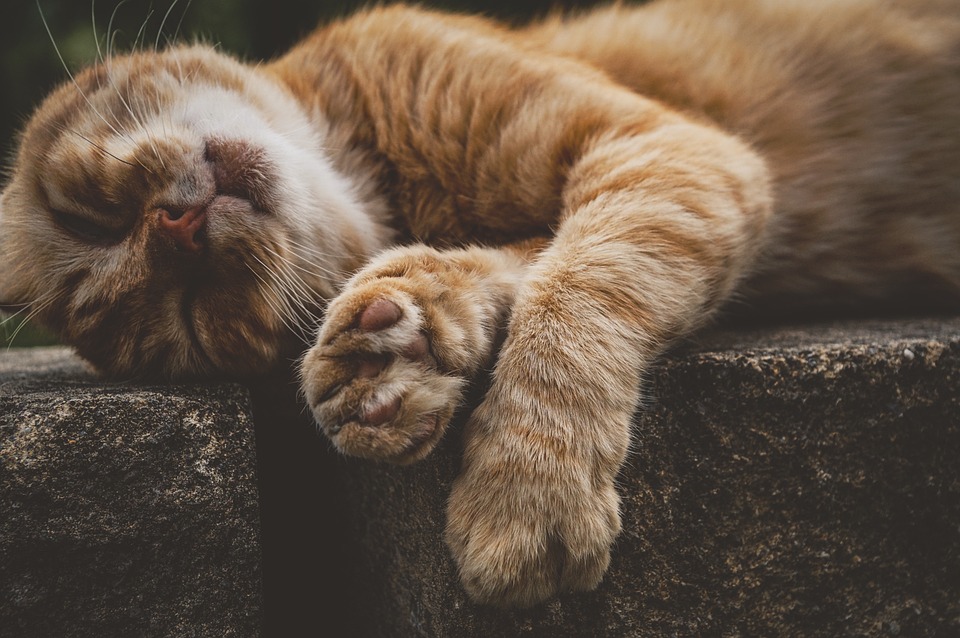Skin allergies are a common issue among cats, causing discomfort and distress. As a responsible cat owner, it’s essential to understand how to prevent and manage these allergies effectively. This article aims to provide you with valuable insights and tips to keep your feline friend’s skin healthy and itch-free.
Understanding Cat Skin Allergies
Recognizing the Symptoms
Excessive scratching or licking, redness, swelling, or rash on the skin, hair loss or thinning, and the formation of scabs or lesions are common symptoms of cat skin allergies. If you notice any of these signs, it’s important to consult your veterinarian for a proper diagnosis.
Identifying Common Allergens
Fleas and other parasites, environmental allergens such as pollen, dust mites, and molds, certain foods or food additives, and contact allergens like certain cleaning products or fabrics can all trigger skin allergies in cats. Identifying the specific allergen can help in managing and preventing future allergic reactions.
Prevention Strategies
Regular Flea Control
Fleas are a common cause of skin allergies in cats. Use veterinarian-approved flea preventatives, regularly groom and inspect your cat for fleas, and treat the environment to eliminate flea infestations.
Minimizing Exposure to Allergens
During high pollen seasons, keep your cat indoors. Regularly vacuum and clean your home to reduce dust mites. Use hypoallergenic bedding and avoid harsh cleaning products that can irritate your cat’s skin.
Dietary Adjustments
Consult your veterinarian about a hypoallergenic diet for your cat. Gradually introduce new foods to identify potential allergens and avoid feeding your cat common allergens like dairy or wheat.
Managing Cat Skin Allergies
Veterinary Care
Schedule regular check-ups to monitor your cat’s skin condition. Discuss treatment options with your veterinarian and follow prescribed medications, including topical creams or oral medications.
Bathing and Grooming
Use gentle, cat-specific shampoos for bathing. Regularly brush your cat’s coat to remove allergens and loose hair. Trim your cat’s nails to prevent excessive scratching and skin damage.
Environmental Modifications
Use air purifiers to reduce airborne allergens. Wash bedding and toys regularly in hypoallergenic detergent. Create a designated allergen-free zone in your home for your cat.
FAQs (Frequently Asked Questions)
Q1. Can cats develop allergies later in life?
A1. Yes, cats can develop allergies at any age, even if they previously showed no signs of being allergic.
Q2. Can I use human allergy medications on my cat?
A2. No, never administer human medications to your cat without veterinary guidance. Some can be toxic to cats.
Q3. Are certain cat breeds more prone to skin allergies?
A3. While all cats can develop skin allergies, certain breeds, such as Siamese and Bengal cats, may have a higher predisposition.
Q4. What should I do if my cat’s skin allergy symptoms worsen?
A4. Contact your veterinarian immediately if your cat’s symptoms worsen or if you notice any signs of infection.
Q5. Can stress contribute to skin allergies in cats?
A5. Yes, stress can weaken a cat’s immune system, making them more prone to allergic reactions. Providing a stress-free environment can help.
Conclusion
By taking proactive measures and being attentive to your cat’s needs, you can prevent and manage skin allergies effectively. Remember to consult your veterinarian for a proper diagnosis and personalized advice tailored to your cat’s individual needs. With proper care and attention, you can ensure your feline friend enjoys a healthy and happy life, free from the discomfort of skin allergies.








